Here's how it looks animated - the build-up of the number of lines at the start is done for effect (as is the fade-out at the end).
You can check out the log entries for explanations of:
If I've forgotten anything, or you have any questions, please ask. I had a blast programming this, and found the badge to be a lot of fun. What I would have given to have this thing in the 1980s!
 Ted Yapo
Ted Yapo


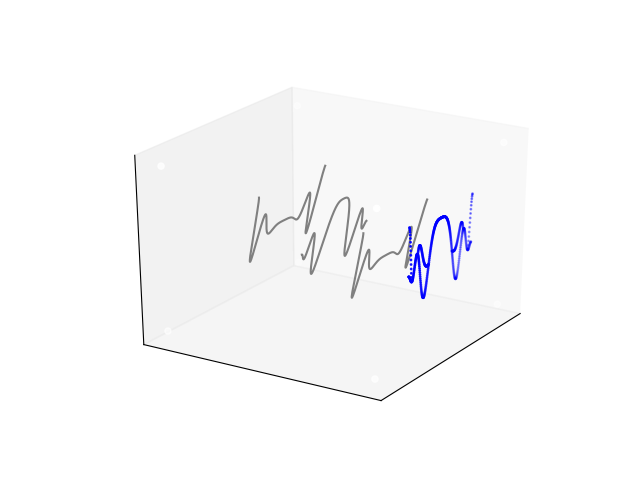

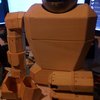


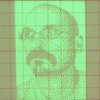

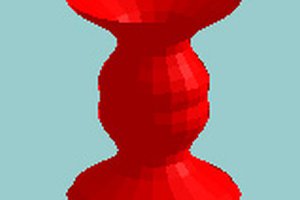
 Bruce Land
Bruce Land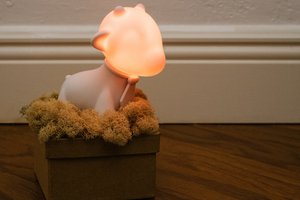
 Andy Oliver
Andy Oliver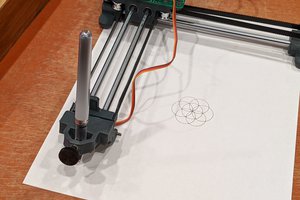
 Mike Szczys
Mike Szczys
Really nice drawing functions dude, very impressive :-)